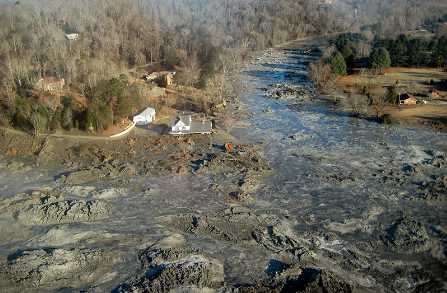CHUGINADAK ISLAND, ALASKA-Mount Cleveland, a strato-volcano perched on Chuginadak island, was downgraded from "watch" to "advisory" yesterday its aviation code was reset to "Yellow." Volcanologists have been watching this volcano throughout the summer months after satellite images had shown that it was once again stirring to life.
That brief stirring has subsided however and satellite images have shown that activity has slowed or stopped. However, it is possible that the dome may resume growing at any time, and this could lead to explosive activity and ash emission.
Cleveland Volcano is situated about 940 miles southwest of Anchorage. Because of the remoteness of this volcano, not much data can be accumulated on it. Observation of the volcano relies on observations of planes and boats passing the volcano. It is also monitored by satellite. The greatest threat from this volcano is the ash clouds it emits. These ash clouds impede air travel along the Alaska-Asia Air Route.
The most recent eruption of any significance was in 2001. This volcano is one of the most active volcanoes inhabiting the Aleutian Arc and has erupted more than 21 times in the last 230 years. The most memorable eruption of Mt. Cleveland took place in 1944.
The volcanic island is named after the Aleutian Fire -Goddess, Chuginadak, who is believed to live in the volcano there.








